Roofing Industry Technology in 2020

By RoofSnap.
When we look at the history of technology in the roofing industry, it doesn’t go back very far.
Of course, many small companies have been using Excel and QuickBooks to manage their payroll and expenses for decades, but roofing-specific software only goes back about ten years. We’re going to talk about the types of technology available to you in the year 2020 in this week’s blog.
Before we dig in, we want to make clear what we mean when we’re talking about roofing technology. We’re not talking about hardware, like Roof Snakes, or Ladder Hoisters, or nail guns today. We’re focusing on the software side of things, the CRMs, measurement apps, estimating platforms, and other software that makes up a modern roofing company’s technology stack.
The Modern Roofing Company’s Tech Stack
First, let’s define that term. “Technology stack” is a tech industry term for the computer languages and systems that make up and support a software product. When we talk about a roofing company’s tech stack, we’re talking about the CRM they use to keep track of leads and billing, whether they’re running a Facebook ad campaign to drum up those leads, the software they’re using to build their estimates, and the credit card processor they are using to take payments. Hopefully, those services talk to each other too.
Around 2008, companies started offering roof measurements from satellite imagery. Then basic smartphone apps started appearing, offering single features like pitch finding. After 2010, the CRM market started to expand, and more robust apps like RoofSnap were founded, offering solutions for more parts of the roofing company’s workflow.
As the market has matured, we’ve seen more measurement report services, more CRMs, and more lead-generation services enter the arena. Now, in 2020 you’ve got more choices than ever before when it comes to software for your business, and we’re going to try and help you make smart choices from those options.
Lead Generation Services
Let’s start right at the top of the sales funnel with lead generation.
A popular way of getting leads right now is through Facebook advertising. Facebook lets you target ads by location as small as cities and zipcodes or entire countries. It also lets you target certain types of people, homeowners, or people employed as facilities managers. Their ads can take customers to your website or collect email and phone numbers for you to follow up with later.
If you don’t want to take on the task of targeting those ads yourself, there are many companies that offer to develop and run ad campaigns for you. Companies like BoostPoint not only make it easier to develop your ads but also break down the performance of your ads in an easy-to-digest format.
If you prefer a more traditional lead gathering approach, there are also companies that will let you target and easily send direct mail to addresses without licking any stamps yourself. Companies like Taradel make designing your mailers easy with templates and then let you target thousands of addresses for as little as 30 cents a postcard.
CRMs and Your Sales Process
There are so many CRMs in the market now, that it’s almost impossible that you won’t be able to find one that fits the size and needs of your business. But let’s talk about what they ALL are designed to do.
At their core, a CRM or Customer Relationship Management software helps organize your business contacts, whether that be current and past customers or leads in your sales funnel. The best CRMs aren’t just a digital Rolodex though, they help you streamline your sales process by making a contact’s path from a lead to a customer more visible to you. They let you see where your process is working, and where you’re dropping the ball.
Having a CRM gives your sales team a single source of truth for customers, and helps you standardize the sales process so your team can actually act, and sell, like a team. You don’t want to lose a big job because a salesperson is on vacation and their calls got missed or lose a whole slate of contacts when someone leaves the company.
Like we said earlier, there are MANY choices in this arena, and really you’re looking for something that fits your business needs now, but that can also handle your growth. Providers like ImproveIt 360, MarketSharp, and SalesForce offer different levels of features and pricing to fit any sized business, if you’re not using a CRM, you should be, and if you don’t like your current solution there are more out there.
We even offer some CRM features in RoofSnap like managing your job’s stages, keeping customer contact and billing info secure and organized with their projects, and allowing for secure document sharing for contracts and reports! So it’s all about finding what works for your team.
If you have any favorite software or solutions that we didn’t mention, leave them in the comments! And if you want some information on RoofSnap and what our roofing software has to offer, start a trial here, or schedule a quick demo.













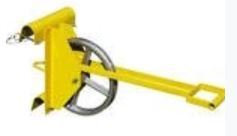

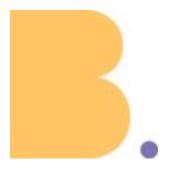
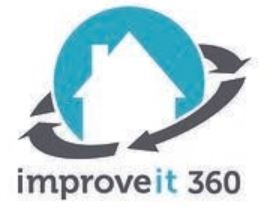

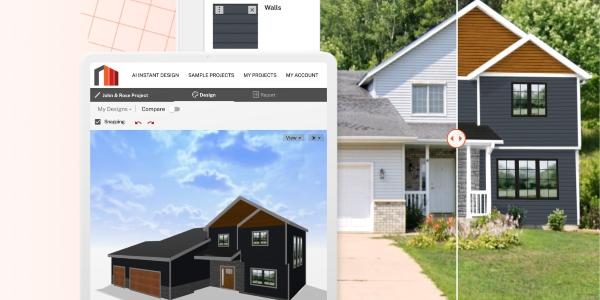
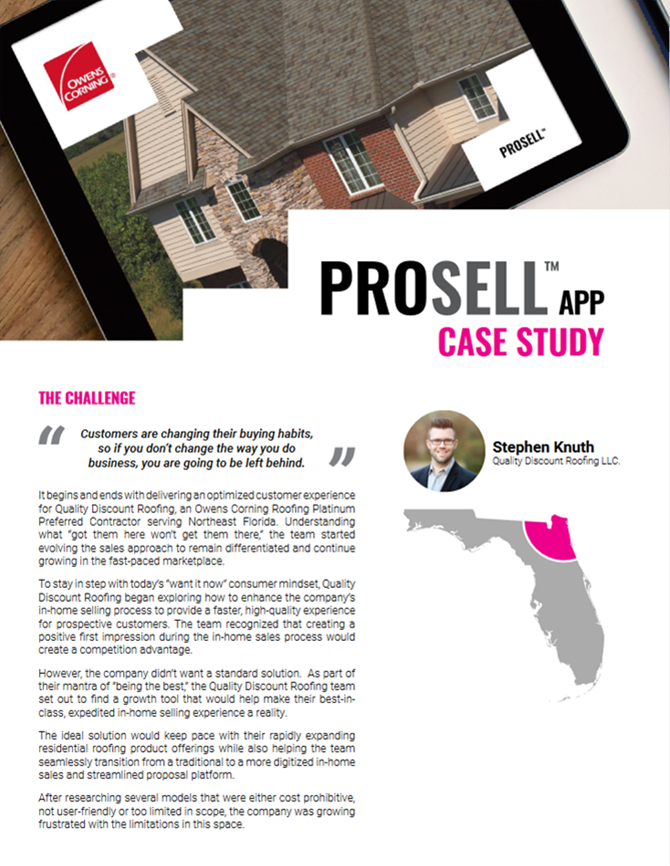



Comments
Leave a Reply
Have an account? Login to leave a comment!
Sign In